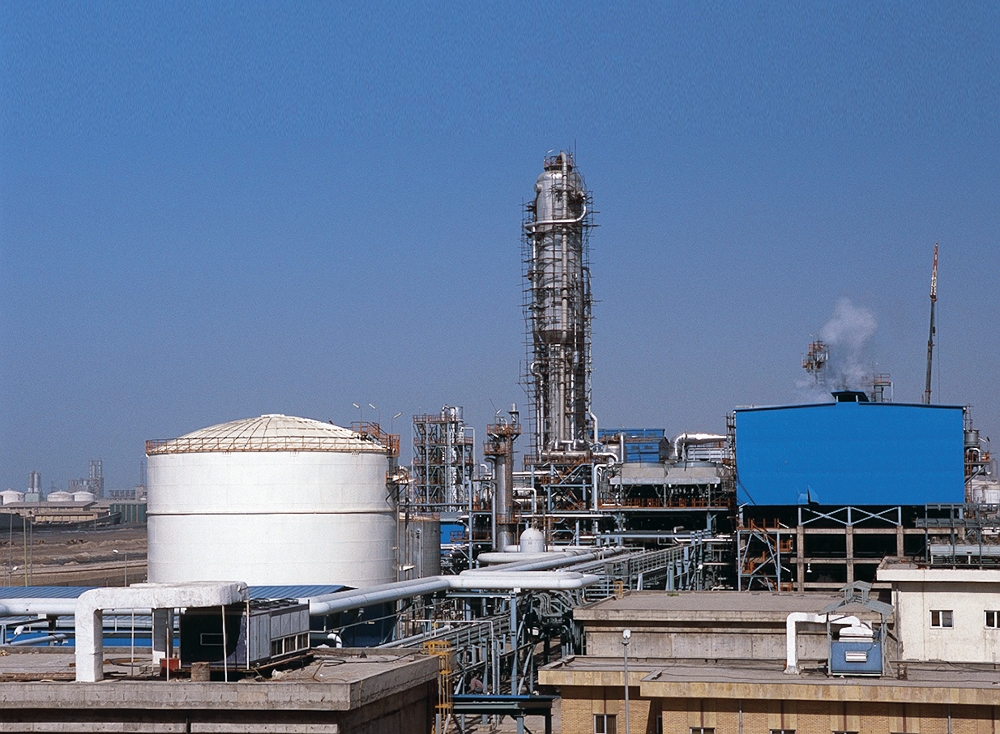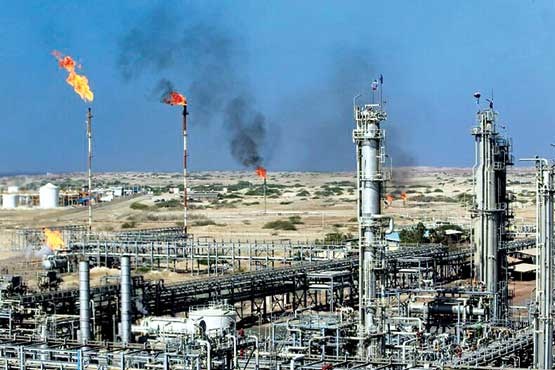صنعت پتروشیمی در ایران- سه ماهه چهارم 2015
BMI Industry View
The Iranian petrochemicals industry will reap the rewards of sanctions relief under the P5+1 agreement signed in July, but structural problems will persist until feedstock issues are resolved and the industry opens up to investment and the technology transfer that comes with it. Nevertheless, if the agreement holds, the prospects for strong exports-led growth are good as the government aims to raise capacity from the current 60mn tonnes per annum (tpa) to 100mn tpa by 2020.

Sanctions have had a deleterious impact on the Iranian petrochemicals industry due to the collapse of the domestic economy, the lack of investment and the difficulties in exporting output. Iranian petrochemicals producers were directly targeted by sanctions. The relief of sanctions should raise the operating rates from 68% of capacity, as they were in 2014, even as capacity grows. In 2015/16, Iran plans to open 11 petrochemical units, increasing the country's petrochemical production by 6mn tonnes.
Europe is among the markets Iranian producers are aiming to export to, but they will have to overcome major structural problems in the sector. These include feedstock problems, with the industry yet to take full advantage of the country's massive gas resources. Also, the decline in naphtha costs have undermined the profitability of Iran's predominantly ethane-fed production chain, while rivals in Saudi Arabia enjoy lower ethane prices. The task will be to improve the cost structure and value added and boost upstream gas output, ensuring feedstock is integrated with downstream processors.
■ BMI forecasts that by 2019, ethylene capacity alone will total 11.08mn tpa, with the completion of the Olefins 11 and 12 projects, which will have capacities of 2.0mn tpa and 1.2mn tpa respectively.
■ In terms of domestic markets, the automotive industry will lead consumption amid a consumer boom and a strong recovery in exports. By 2017, we see vehicle volumes surpassing 2mn units, more than double the 1mn units reported in 2014. This will, in turn, stimulate domestic consumption of a wide range of petrochemicals used in car-making, including synthetic rubber, engineering plastics and polyurethanes.

■ This quarter, Iran has saw a 0.6 points increase in its petrochemicals Risk/Reward Index (RRI) due to a 7.0 points increase in its market risk score following the conclusion of the P5+1 talks. Although the petrochemicals industry will be a major beneficiary of sanctions relief, there are still risks that the deal may fall through. Also, structural issues continue to constrain the sector, particularly feedstock supply and pricing issues. It remains in third place, 3.0 points behind the UAE and 2.6 points ahead of Qatar.
گزارش تحلیلی بیزینس مانیتور- صنعت پتروشیمی در ایران- سه ماهه چهارم 2015

